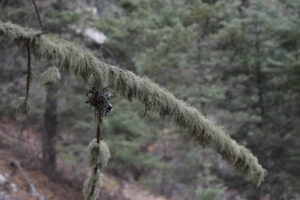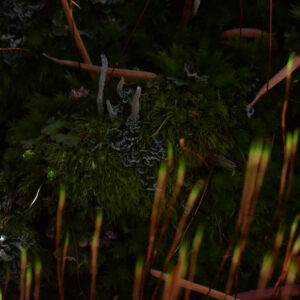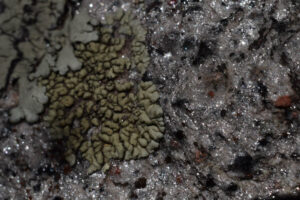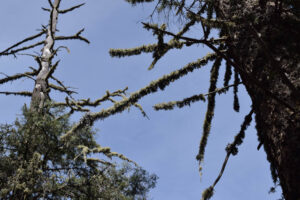
One spring I was fascinated by these tiny, just-emerged oak leaves I found on the many oak saplings along the edge of the woods. To me they looked like tiny felt crafts. They were actually tiny enough to be tricky to photograph.

Bright red, fuzzy leaves don’t seem to be a characteristic of any specific oak species; they could have to do with environmental conditions, but I wasn’t able to find much information about it. Plus, I don’t know if what I found was talking about leaves that were as tiny as the ones I found. They certainly grew out of their fuzzy red stage extremely quickly.
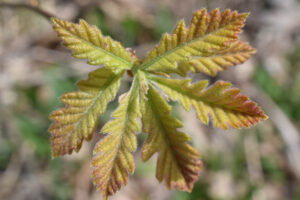

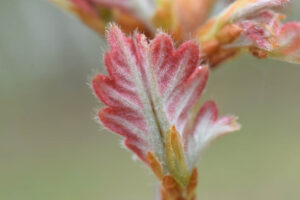

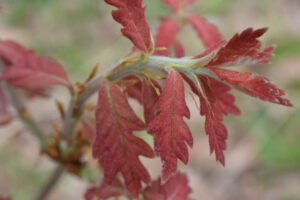
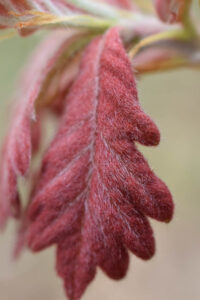
I was able to spot bright red leaves like this again this past spring so I do know it wasn’t just a one-year oddity. I’m pretty sure at least some of these are burr oak, but it’s hard to tell for sure what they all were at this stage and there may have been multiple species with leaves like this. (I’m pretty sure these are all from the white oak group, though.) I’m still not quite sure yet how common this might be, but I could see it being easy to overlook, as tiny as the leaves are and if they’re on mature trees they’d be up well out of sight.



